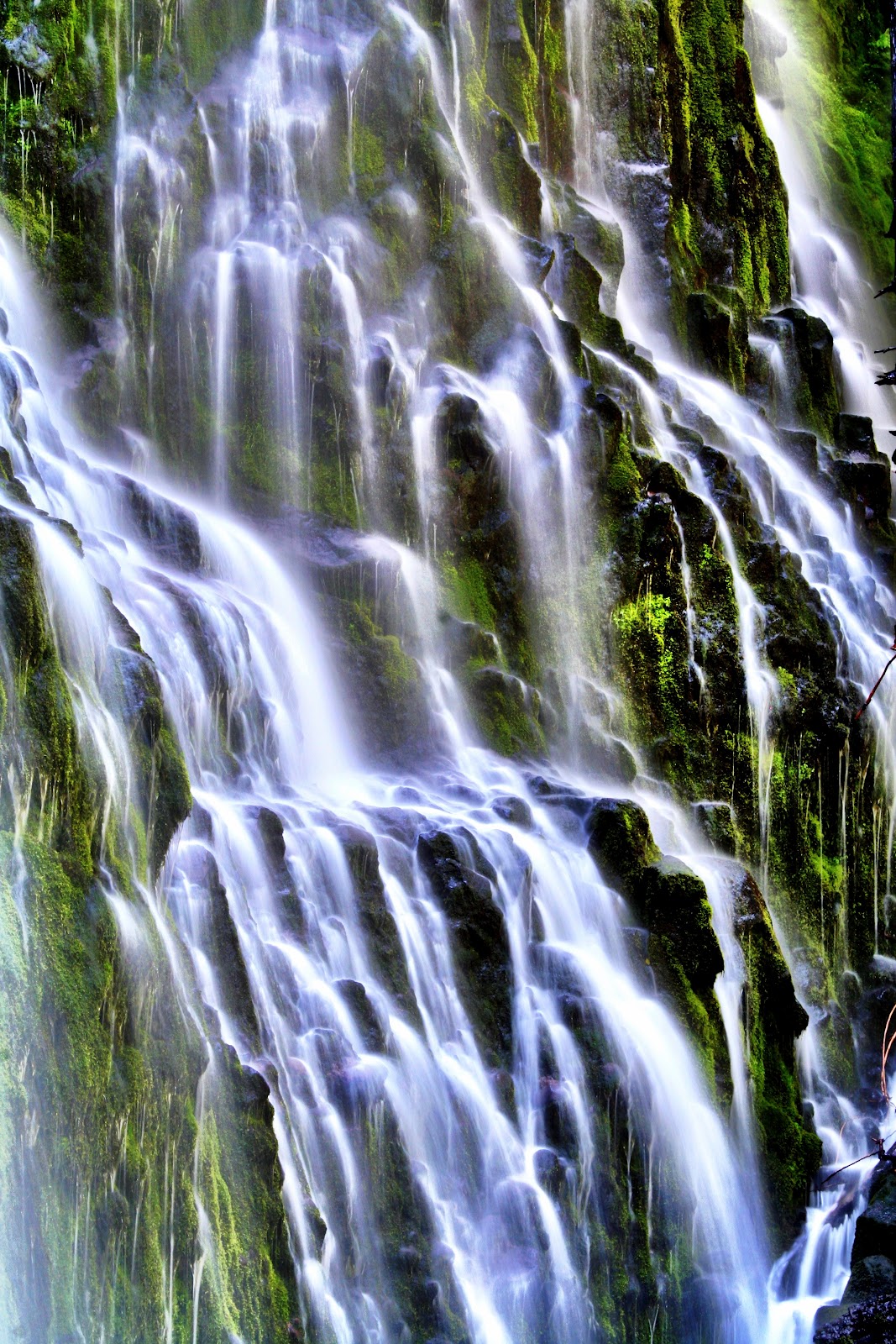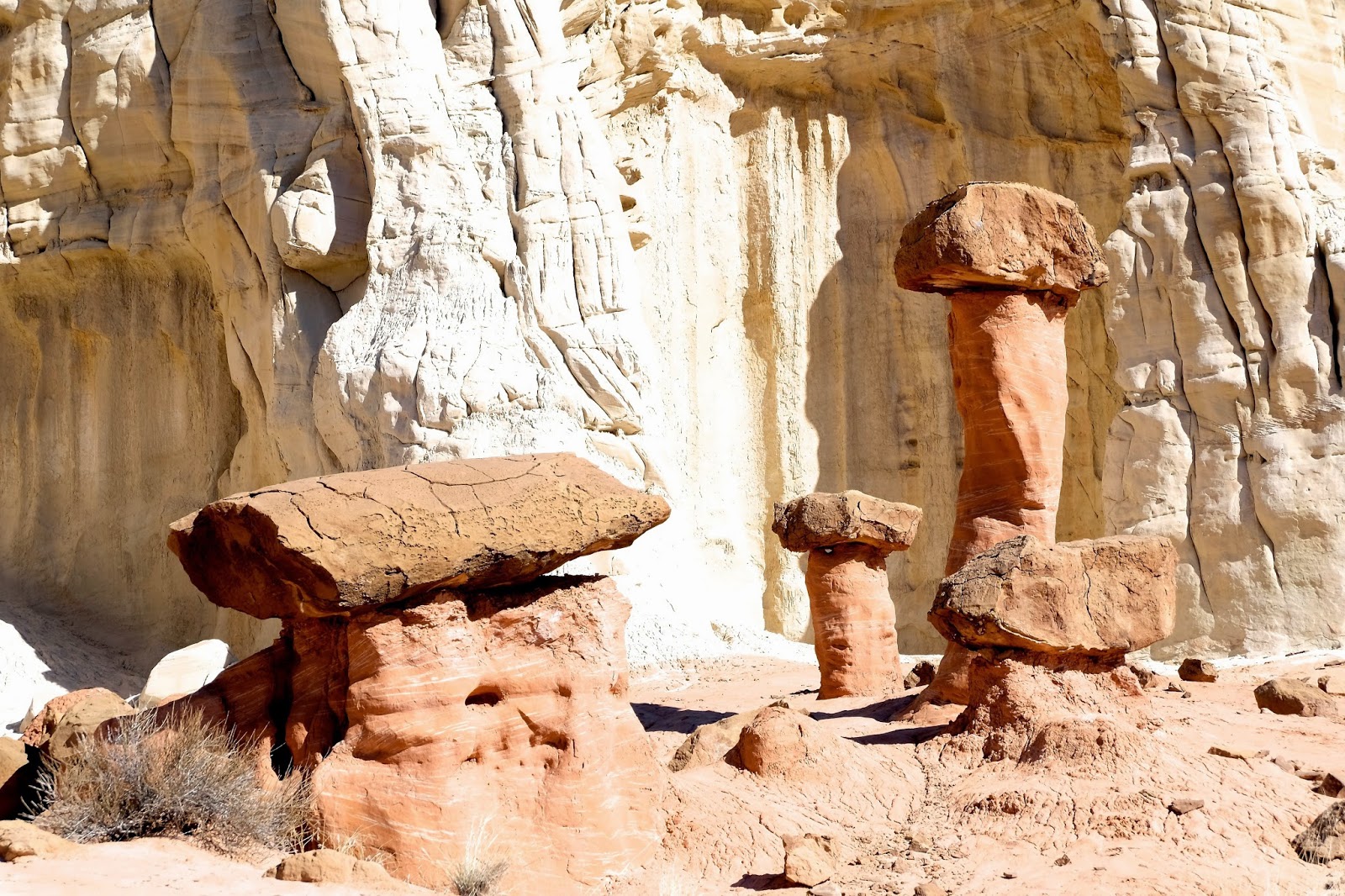Despite all the celluloid and digital records I've made of Zion National Park since 1980, I’ve never had a moment where I could say that’s a keeper. I believe that is because all attempts to replicate fail on so many levels compared to Zion's contextual impact on just being there. For me there’s little point in pulling out a print to look at Watchman, the Narrows, or Angels’ Landing when the real thing is a short drive away. But that doesn’t stop me from photographing it.
I've shot 5x7, 2x2, 6x4.5, 35mm and many digital formats, leaving my work wanting until I realized that photographing Zion was not a product of my camera, it was a product of my eye and how I see into contrast.
The depth of the canyon, up to three thousand feet (over 900 meters), and its north-south orientation make exposures within the canyon that include any kind of vista or sky difficult because of the exposure range.
Cloudy mid-day skies help even contrast, diminish shadow intensity and saturate colors.
Golden-hour illumination sends light against canyon walls and depending on the season, behind canopies of foliage creating gentle highlights against dark trunks and branches. Exposure on the Virgin River in the shot of Watchman above has been compensated to pull detail in shadows.
Photographing Zion has taught me a number of approaches in landscape photography; the influence of the rule of thirds on horizons, the Gestalt principle of figure/ground relationships on depth of field, and the sway of natural vectors on composition.
The Rule of Thirds
The idea that the human eye is naturally drawn to a point that follows the suggestion of the golden mean is called The Rule of Thirds. Superimpose a tic-tac-toe grid on most aspect ratios and you might be surprised how many compositions follow this basic influence on photographic composition, visual design.
Find where the strongest and most contrasting points fall on the intersecting lines of that grid, creating movement through the frame. Rarely for me is this equilateral. The Rule of Thirds is more of a guide than a hard rule.
This shot at Alstrom Point at Lake Powell is a loose interpretation. Notice that the compositional elements of the scene's contrast are where I've defined the horizontal lines of the grid, along with the highlights at the upper left-hand intersection, and the shadows on the lower right-hand intersection.
The Rule of Thirds influence lower and upper horizontal lines away from the center of the field creating a more dynamic composition. Imagine the image below of Yosemite's Half Dome as if the horizon of the meadow were composed in the center of the frame.
Figure/Ground Relationships
Gestalt theory holds that objects within a composition are perceived as either figures - distinct elements of focus - or ground - the background or landscape on which the figures rest. Using figure ground relationships give scale and depth to landscape compositions.
The image above was made in the northern part of the Glen Canyon NAtional Recreation Area, the park that surrounds the great Lake Powell. It has a variety of geological landscapes, one of them being this barren desert. The image was composed with a mild telephoto lens to induce some compression of the dirt road and its turns, but it had little scale without the vehicle composed within it. The truck gives the composition a figure/ground relationship. Note how the placement of the vehicle is on the lower right-hand cross-section of the Rule of Thirds grid.
The yellow kayak above does the same in the relationship to the monolithic formation on the shore. This is at Warm Spring Bay at Lake Powell.
Figures do not need to be foreign to the landscape. The image below establishes a figure relationship with the background with an optical illusion. The figure is the sandstone rock formation that frames the view to the Colorado River below. The illusion is in the highlight of the sunlight that divides the large rock that is low and center in the frame giving an appearance of a continuity of the river which is remarkably 8,000 feet below.
Willis Creek Canyon on the Escalante Grand Staircase National Monument has beautiful slot canyons. This part of the canyon runs west-east, gathering sunlight on the south walls that bounce and fill the slot, making nice ambient light to naturally fill in the shadows. Positioning the film plane low just above the water with the stone just out of the focal plane depth of field creates a figure ground relationship the encourages the eye into the frame.
The image below is taken from a trail near my home in Hurricane close to the Virgin River Canyon. The figure/ground relationship is amplified in the shallow depth of field and the contrast of the yellow highlights of the blooms to the shadowed details of the foliage and texture of the ground.
The Diagonal Rule and Natural Vectors
Linear elements, such as roads, waterways, and fences placed diagonally, are generally perceived as more dynamic than horizontally placed ones.


Vectors
Indications of continuity or direction are considered to be vectors. These are categorized into graphic, motion, and index vectors, each having their purpose in composition, but in landscape photography I look for a natural graphic vector that leads the eye through the frame and when combined with the Diagonal Rule, the image results in a more dynamic composition.
Natural vectors have a strong sense of direction such as strong angles of canyon walls, the curvilinear vector of a river or divisions of geological features. These vectors encourage eye movement through the frame along the vector line, and like all compositional elements are not mutually exclusive. This can be seen in the following images created at the Toroweap lookout of the Grand Canyon.
Vertical Vectors
Horizontal Vectors

































